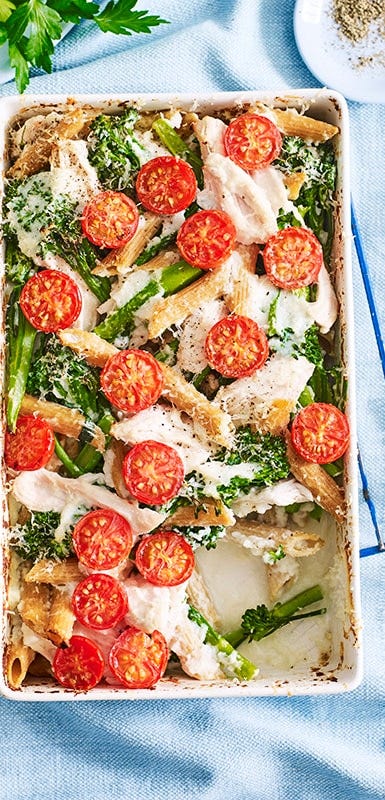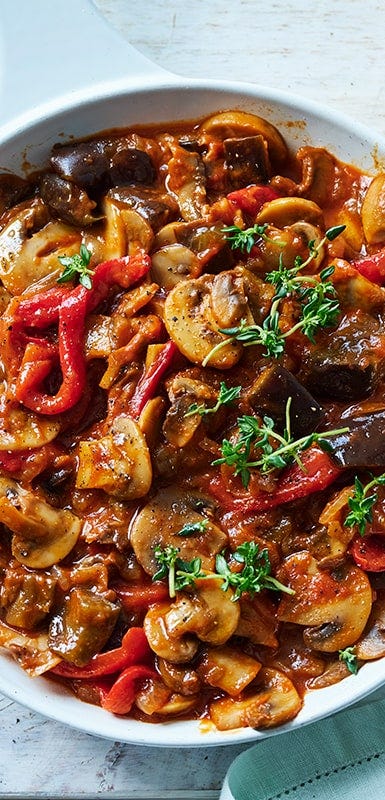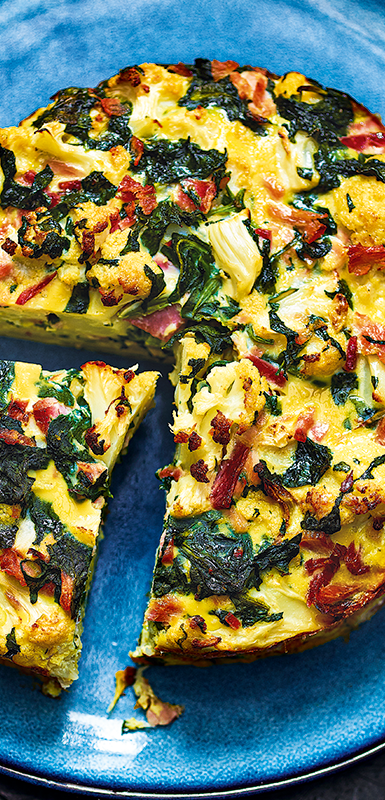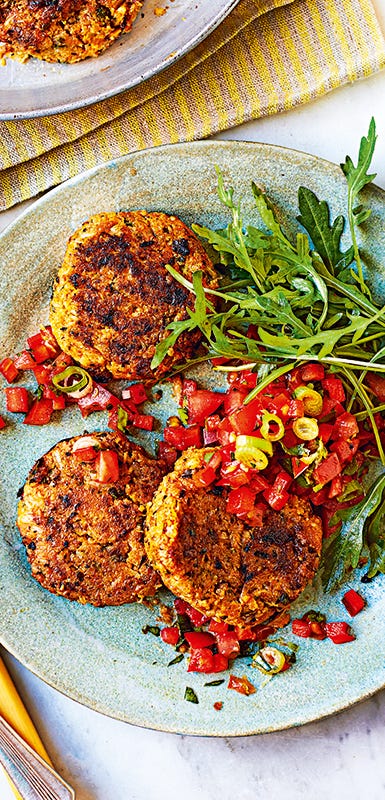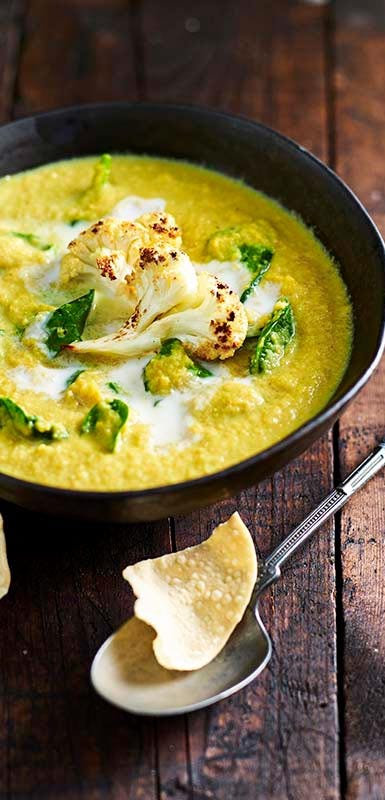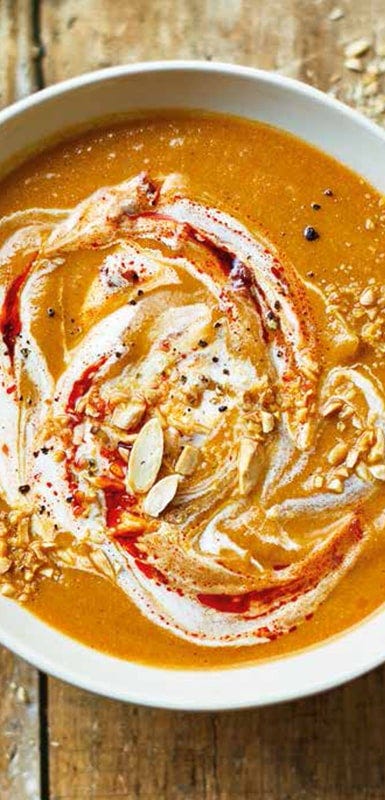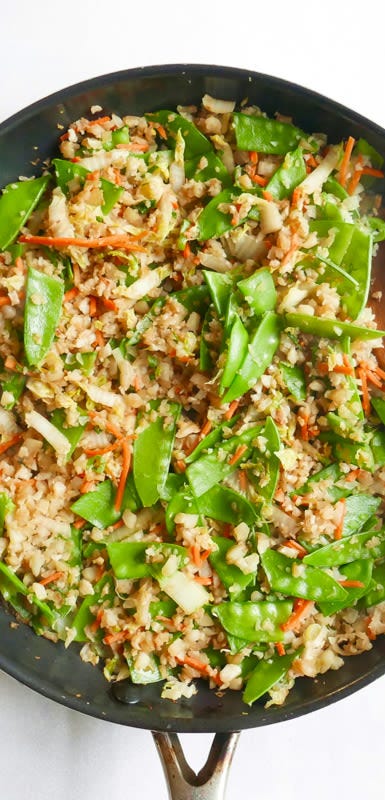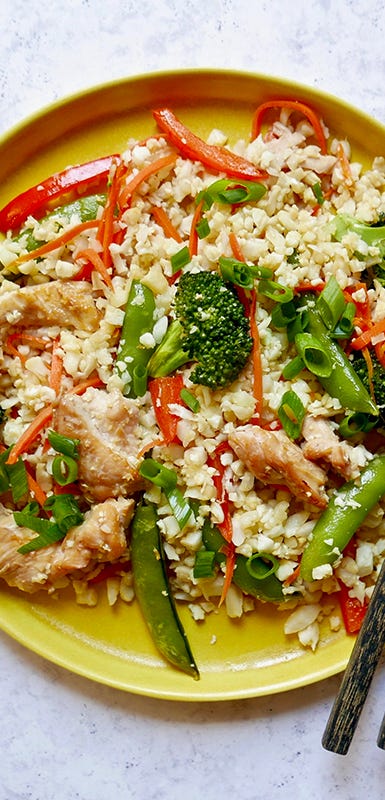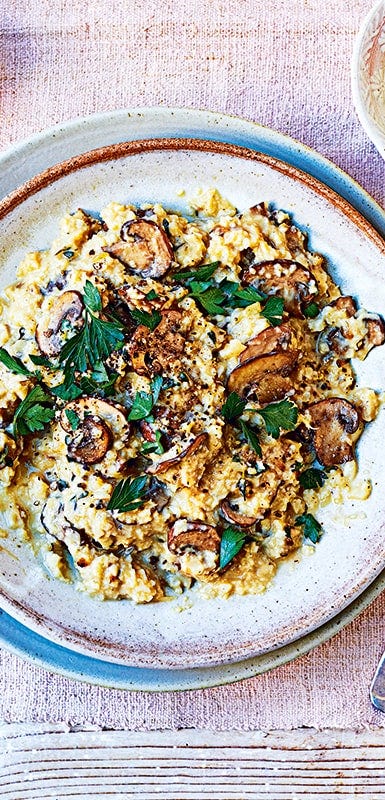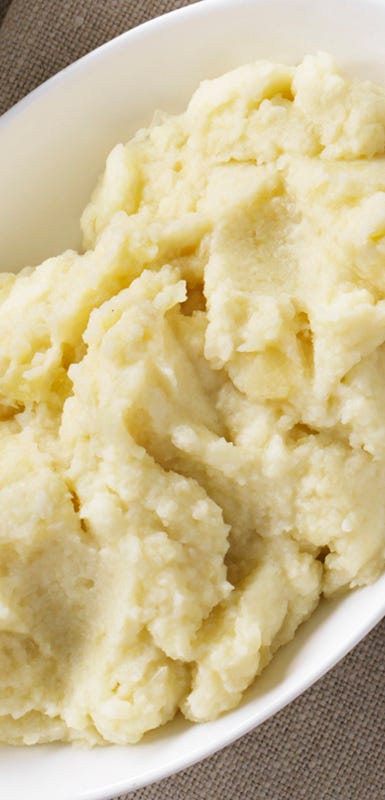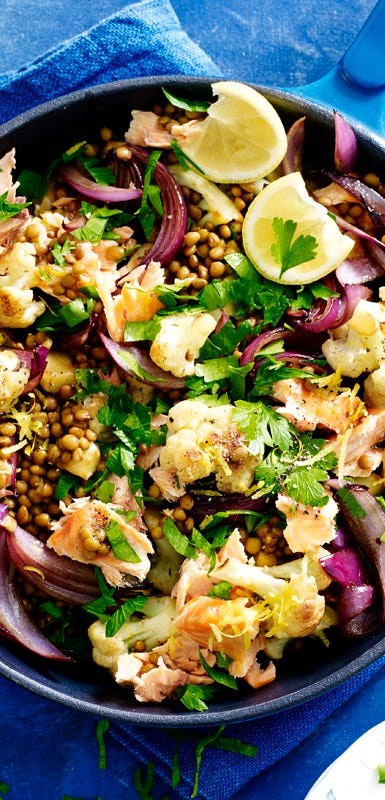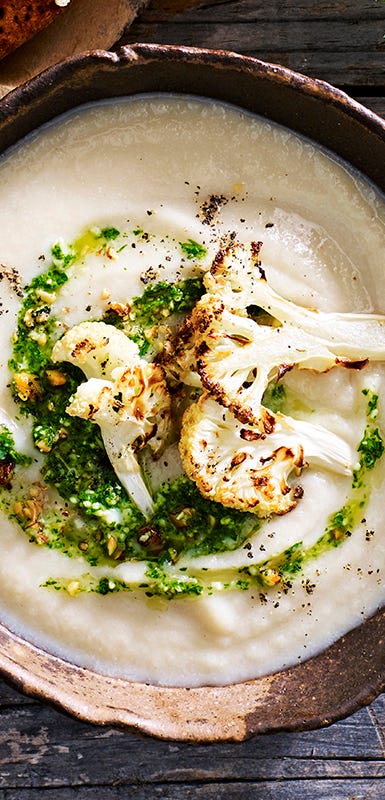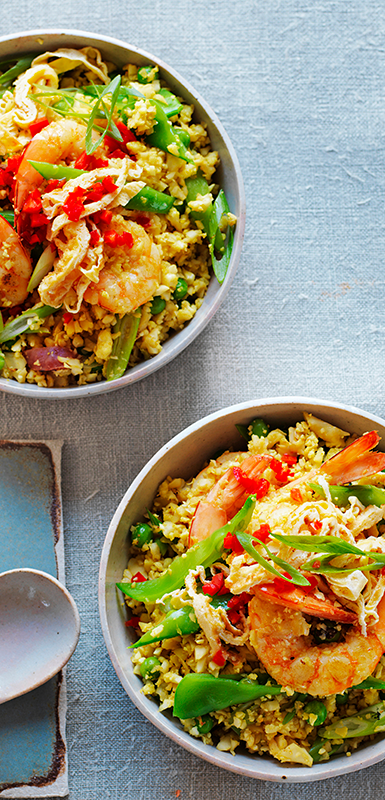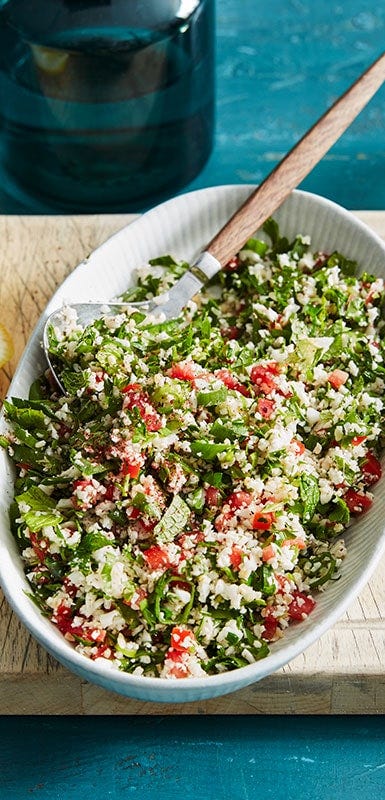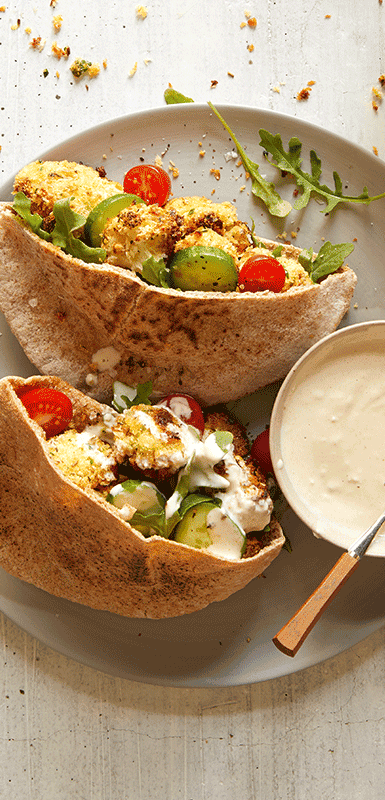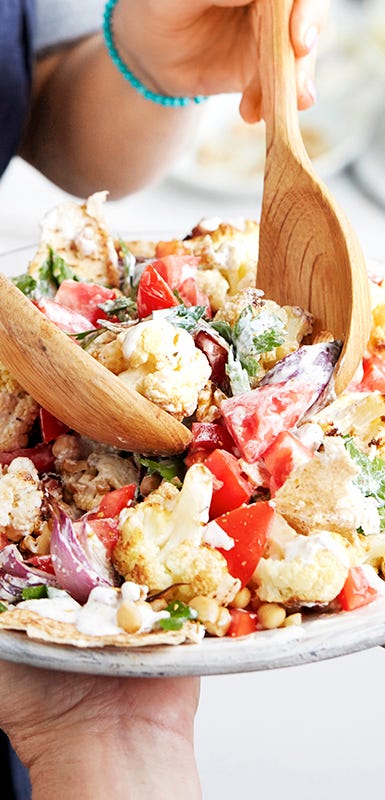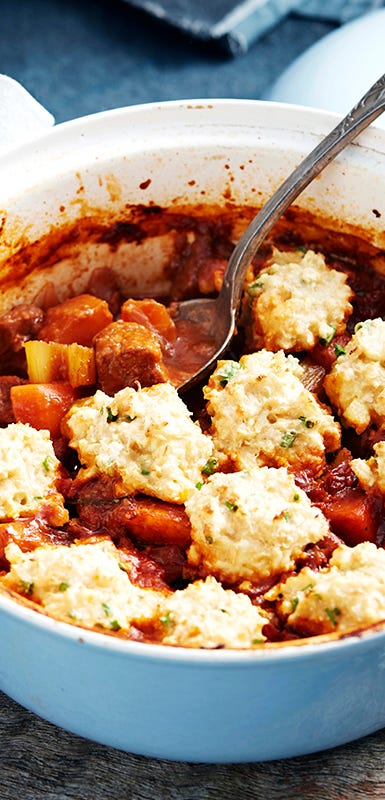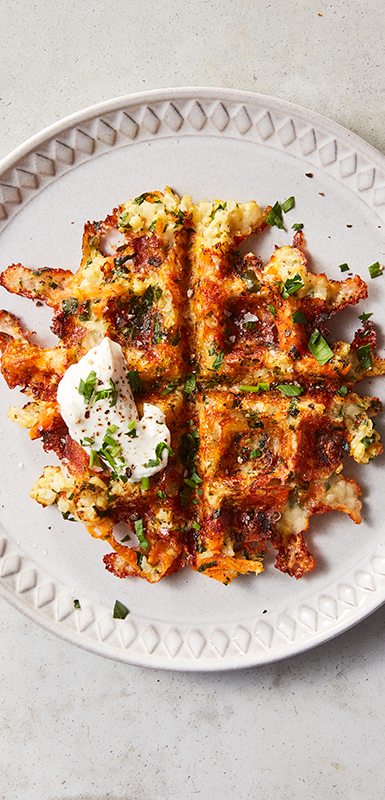Creative and healthy cauliflower recipes
Cauliflower is in season all year round so make the most of this classic ZeroPoint veg with these recipes.
By WeightWatchers
Published 2 September 2018 | Updated 30 July 2024
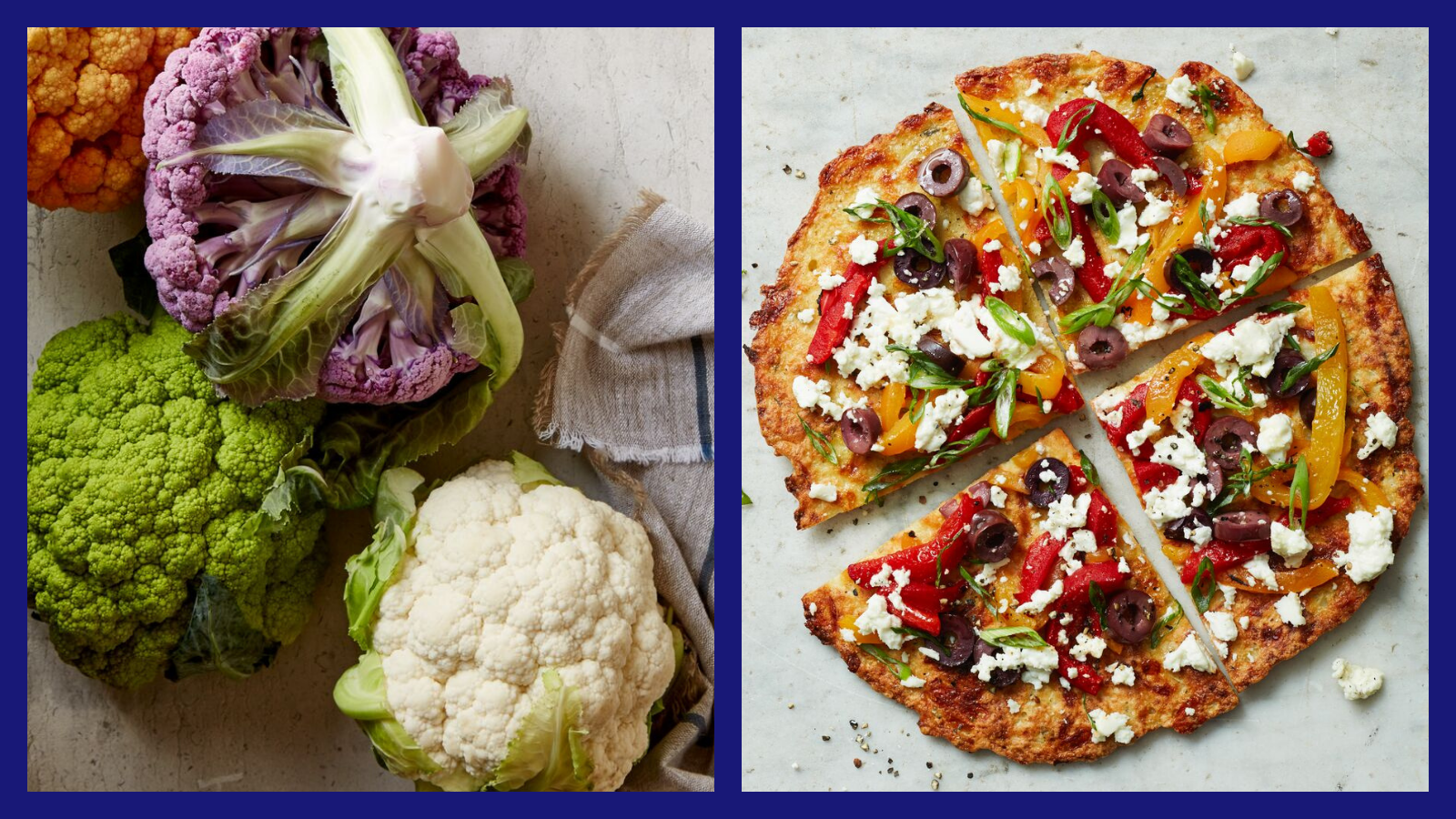

Health benefits of cauliflower
- Cauliflower contains compounds that may inhibit the growth of cancer cells.
- The anti-inflammatory properties may help to boost your immune system.
- A serve of cooked cauliflower (75 grams) contains approximately 41mg of vitamin C – that’s close to 100% of your recommended daily intake.
- It may improve blood pressure, kidney function and brain function.
How to use cauliflower
A member of the cabbage family, cauliflower is a good source of vitamin C and can be eaten raw or cooked. Give it a go in one of these easy ideas:
- Steam it and then blend to make a mash. Add fresh herbs or nutmeg for extra flavour.
- Use the mash as a topping for pies and bakes instead of potato.
- Try it in soups. It’s delicious with curry powder or a little blue cheese.
- Process in a food processor and toss with loads of fresh chopped herbs, finely chopped red onion, diced tomato and cucumber with a squeeze of lemon for a tasty cauliflower tabouli. To avoid over-processing the cauliflower, do it in small batches for 5 seconds at a time. Transfer the cauliflower pieces to a bowl and return any big pieces to the food processor to be processed again.
- Roast cauliflower florets with olive oil and your favourite seasonings, such as garlic, cumin, or smoked paprika. This makes a delicious side dish or snack.
- Make cauliflower rice by pulsing cauliflower florets in a food processor until they resemble rice grains. Cook the "rice" in a pan with a little oil and seasoning for a low-carb alternative to regular rice.
- For a nutritious and filling breakfast, sauté cauliflower with spinach and onions, then add beaten eggs and cook until set. Top with cheese or avocado for extra flavour.
Is purple cauliflower the new green?
When it comes to purple cauliflower and carrots do they offer extra or unique nutritional benefits? The colour of the pigments gives a clue to the antioxidant inside the fruit or vegetable. Purple pigments can indicate the presence of flavonoids (also in blueberries) which are being studied for mind and mood benefits, as well as their ability to delay brain ageing. To maximise the protective positive effects and health benefits of veggies, aim to eat a rainbow of different colours daily.
In season during: Summer, autumn, winter and spring.
30 cauliflower recipes
Looking for easy and delicious cauliflower recipes that take advantage of this versatile vegetable? Check out these mouthwatering recipes that are perfect for any season!

